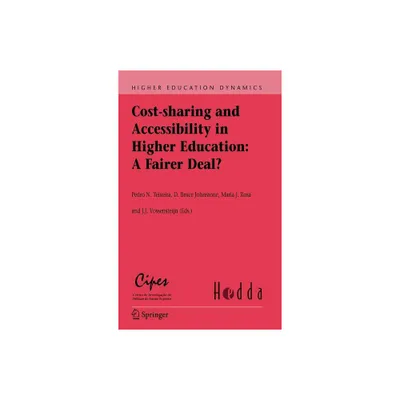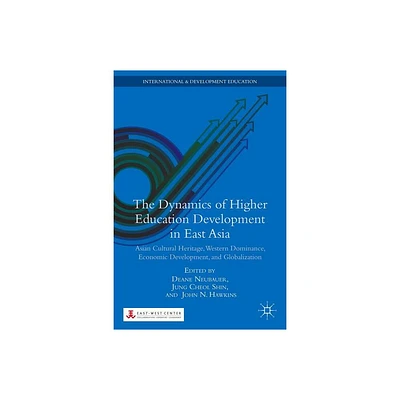Home
Higher Education Planning an Exponential Age: A Continuous, Dynamic Process
Loading Inventory...
Barnes and Noble
Higher Education Planning an Exponential Age: A Continuous, Dynamic Process
Current price: $67.00


Barnes and Noble
Higher Education Planning an Exponential Age: A Continuous, Dynamic Process
Current price: $67.00
Loading Inventory...
Size: Hardcover
*Product Information may vary - to confirm product availability, pricing, and additional information please contact Barnes and Noble
This book fulfills a need for planning in higher education due to the impending impact of ten twenty-first century technologies: 3D printing, artificial intelligence, autonomous vehicles, bitcoin/blockchain, genome development: agricultural, genome: medical, internet of things, nanotechnology, personal robot, and quantum computing. Each of these technologies develop in a two-stage manner: Stage 1, Linear, and Stage 2, Exponential.
Uber and Airbnb are excellent examples that developed for a short time in Stage 1, a step-by-step manner, before then reaching Stage 2, where they accelerated with exponential velocity. Both were able to accomplish rapid development through the use of digital support. The ten technologies listed above are all currently developing in Stage 1; however, each will reach Stage 2, and when they do, they will have powerful impacts on community colleges and universities. Their extremely rapid development in the second stage could take higher education by storm if the leaders, faculty, and staff are not prepared for them.
This book presents ARPAC, a planning method to successfully deal with the impact of these technologies. This planning method is critical for the future viability and success of community colleges and universities.
Uber and Airbnb are excellent examples that developed for a short time in Stage 1, a step-by-step manner, before then reaching Stage 2, where they accelerated with exponential velocity. Both were able to accomplish rapid development through the use of digital support. The ten technologies listed above are all currently developing in Stage 1; however, each will reach Stage 2, and when they do, they will have powerful impacts on community colleges and universities. Their extremely rapid development in the second stage could take higher education by storm if the leaders, faculty, and staff are not prepared for them.
This book presents ARPAC, a planning method to successfully deal with the impact of these technologies. This planning method is critical for the future viability and success of community colleges and universities.


















